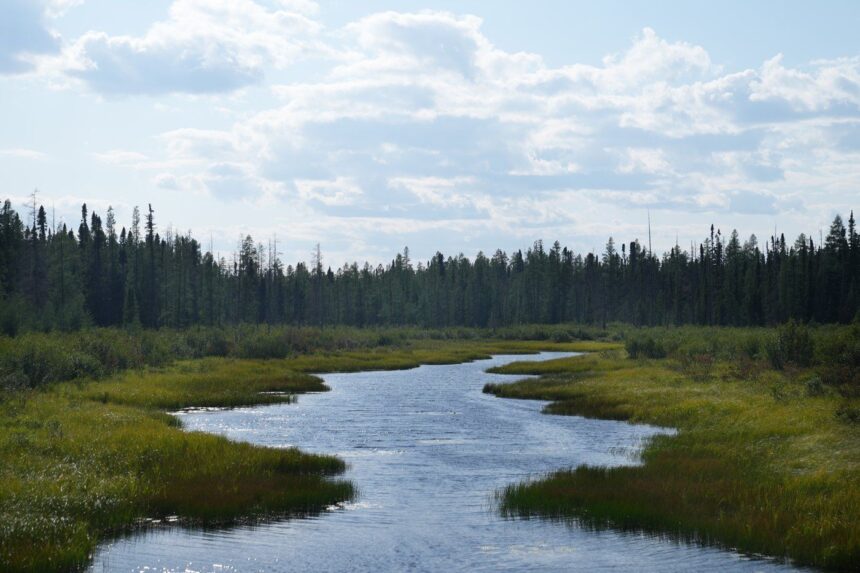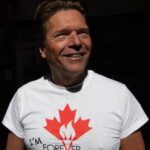In an unprecedented show of solidarity, hundreds of First Nations representatives gathered at Queen’s Park yesterday, calling for the immediate resignation of Ontario Environment Minister David Peterson amid growing controversy over the province’s contentious water management legislation.
The demonstration, which began peacefully at dawn with traditional ceremonies and prayer circles, quickly evolved into one of the largest Indigenous protests Toronto has witnessed in decades. At the heart of the conflict lies Bill 245, the “Water Resources Protection Act,” which critics argue effectively grants priority access to corporate interests while sidelining Indigenous water rights.
“This isn’t just about policy disagreement—it’s about survival,” said Grand Chief Eleanor Brant of the Union of Ontario Indians. “Minister Peterson has systematically ignored our constitutional rights to consultation while fast-tracking permits for industries that threaten our watersheds.”
The contested legislation, which passed third reading last month despite vocal opposition, introduces a streamlined approval process for water taking permits that many First Nations leaders claim bypasses established consultation protocols guaranteed under Section 35 of the Constitution Act.
Water ceremonies conducted by elders from across the province highlighted the cultural significance of the protest. Many participants traveled from remote northern communities, some journeying over 20 hours by bus to make their voices heard in the provincial capital.
“Water is life—mino-nibi in our language,” explained Elder Joseph Whiteduck of the Algonquin Nation. “When you threaten our water, you threaten our very existence as a people. This bill was crafted without our input and against our expressed concerns.”
Provincial government officials initially defended the legislation as necessary to modernize Ontario’s “outdated” water management framework, with Minister Peterson stating earlier this week that the bill “balances environmental protection with economic growth.” However, internal ministry documents obtained through freedom of information requests suggest that industry representatives had privileged access to drafting sessions while Indigenous consultation was limited to what one email described as “procedural formalities.”
The protest gained unexpected momentum when several environmental organizations and municipal leaders joined in solidarity. Toronto City Councillor Marina Singh addressed the crowd, stating that “water protection transcends political boundaries” and calling for a “reset” in provincial-Indigenous relations.
This controversy emerges against a backdrop of increasing tensions over resource management across Canada, with similar disputes unfolding in British Columbia and Quebec. Political analysts suggest the Ontario situation could become a pivotal test case for how provinces navigate the complex intersection of economic development, environmental protection, and Indigenous rights.
“What we’re witnessing is the culmination of decades of frustration,” noted Dr. Michael Ramirez, professor of Indigenous studies at the University of Toronto. “First Nations aren’t just objecting to a single piece of legislation—they’re challenging a historical pattern of exclusion from decisions affecting their territories.”
Premier Caroline Roberts, who was notably absent from the legislature during the demonstration, issued a brief statement late yesterday indicating a willingness to “review aspects of the implementation process” but stopped short of committing to amendments or ministerial changes.
As darkness fell, protesters maintained their presence, establishing an encampment on the legislature grounds with permission from security officials. Organizers have indicated they plan to continue their presence until substantive changes are made.
The fundamental question now facing Ontario remains: can the province develop a water management framework that genuinely balances economic interests with both environmental sustainability and the constitutional rights of First Nations, or will this protest mark the beginning of a protracted legal and political battle that ultimately lands before the Supreme Court?

























